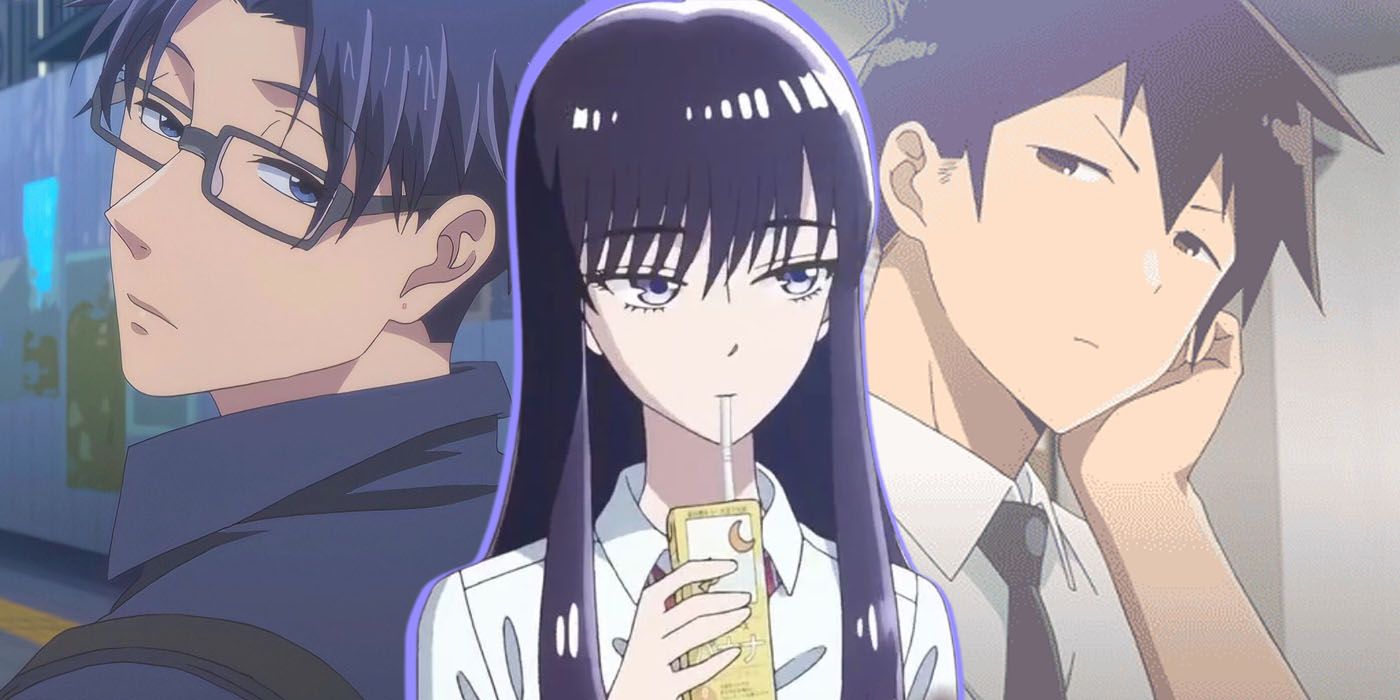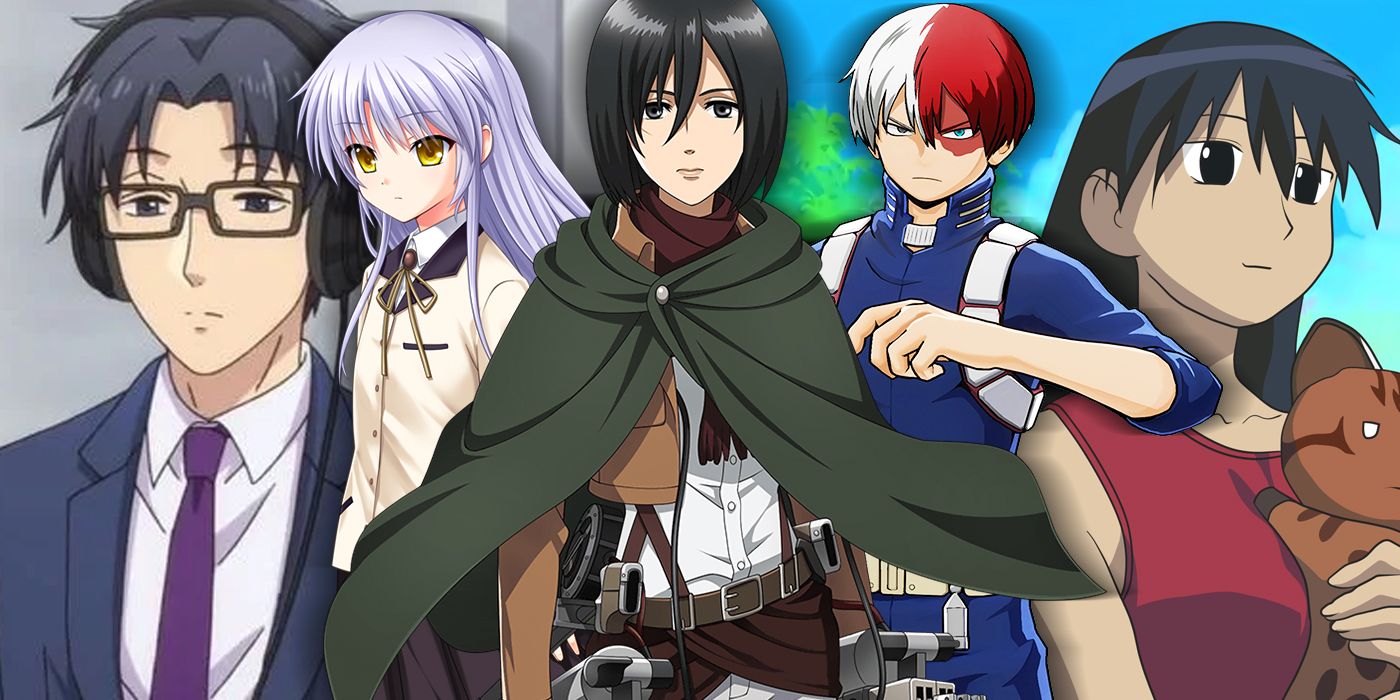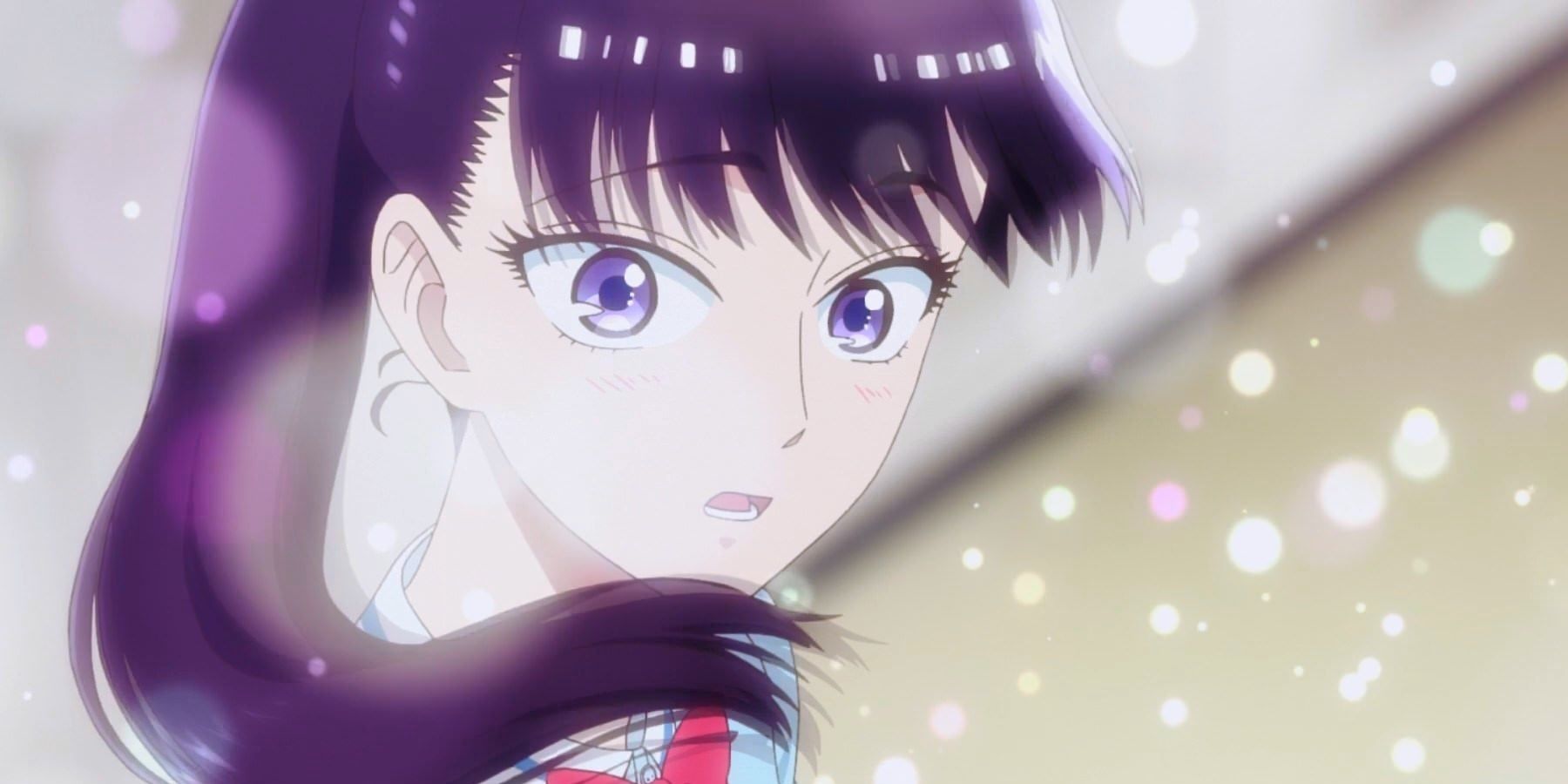Fans can categorize their favorite anime characters according to many familiar archetypes, and that includes a handful of -dere types. These archetypes describe how a character expresses and feels true love, but some anime characters might blur the line. The difference between a kuudere and dandere, for example, can be hazy.
Kuuderes and danderes are both reluctant to express their amorous feelings or even friendly feelings toward a person they care about. They are also difficult to read, unlike the hot-headed tsundere archetype. But even if kuuderes and danderes seem similar on the outside, some key differences set them apart, and this can help define their true intentions in an anime series.
The Inner Workings Of Kuudere & Dandere Anime Characters
Each of the -dere archetypes has a unique strategy for expressing true love, and even if kuuderes and danderes have some overlap, their inner thought process and self-image are worlds apart. Deep down, a kuudere anime character has a strong relationship not just with their love interest, but also with themselves, but that's not the case with danderes. A kuudere is only cool and quiet on the outside; they have a more vibrant emotional state on the inside, including their self-image.
In short, a kuudere is confident in who they are and what they can do. Combined with their quiet exterior, a kuudere is usually their own best friend and supporter. Kuuderes have minimal internal conflicts and are rarely plagued by serious doubt, self-esteem issues or indecision. This means they have impressive focus as a lover -- unlike insecure danderes and vulnerable tsunderes -- and can take the initiative and express their love when they are good and ready. This makes a kuudere very in control of their love life, something most -dere types would envy.
Inversely, a dandere's worst enemy is themselves. Such a character is defined not just by their outward shyness, but also an internal battle where they struggle with low self-esteem, insecurities and indecision. A dandere knows who they love and why, but may tell themselves they're not worthy of that other person's love. Even if they do feel worthy, they might simply be too shy and unassertive to express that love. A dandere will often get in their own way -- but when they realize it, they might feel bad about that and thus worsen the cycle.
This means it's a big deal when a dandere overcomes their internal struggle to make a long-awaited love confession, and that is often the crowning achievement of their character arc in anime. The dandere must overcome both internal and external obstacles to reach their happily-ever-after, something a kuudere rarely has to worry about.
When Anime Lovers Blur The Line Between Kuudere & Dandere
Typical kuuderes and danderes align closely to their archetype's core tenets; for example, no one would mistake Naruto's timid Hinata Hyuga for a kuudere-style ice queen, and Raido in Aharen-San Is Indecipherable was always confident about himself as a lovable kuudere boy. But other characters blur the line somewhat, combining elements of both the kuudere and dandere archetypes. This may lead to some confusion, but it also proves anime characters don't have to be so formulaic or act like stereotypes. A more nuanced character may borrow elements from two or even three -dere types.
One example is the After the Rain protagonist Akira Tachibana. Overall, this character is best defined as a kuudere due to her confidence in her hobbies and lack of serious shyness when compared to dandere girls like Shoko Komi (Komi Can't Communicate) and Miku Nakano (Quintessential Quintuplets). In the good old days Akira was a quiet, calm and mature high schooler who enjoyed her hobby of running track, but she feels downcast after suffering an ankle injury, almost like there are dark rain clouds in her life.
Akira also developed a one-sided crush on her middle-aged boss Mr. Kondo and wasn't afraid to express it. She made more moves in 12 episodes than a timid dandere would in 100, but at the same time, Akira felt insecure about her ankle and running ability. She felt incomplete and faulty as a person, unsure if she was worth loving. She rarely said anything about it, but Akira's inner turmoil raged to the point she had nightmares about her injury. A dandere can relate to that sort of intense inner struggle.
Wotakoi's video game-loving kuudere Hirotaka Nifuji is presented as highly capable and self-confident, but he also hesitates to advance his relationship with his childhood friend-turned-coworker-turned-girlfriend, the charming deredere Narumi Momose. Hirotaka's sole dandere-style insecurity pertains to his inexperience with romance, and he's secretly in awe of Narumi's advanced social skills and strong empathy. He fears he can't keep up, and that he may bore or frustrate his more people-oriented girlfriend. Fortunately Narumi always accepted Hirotaka for who he was, and his dandere-style fears were soon banished for good.



